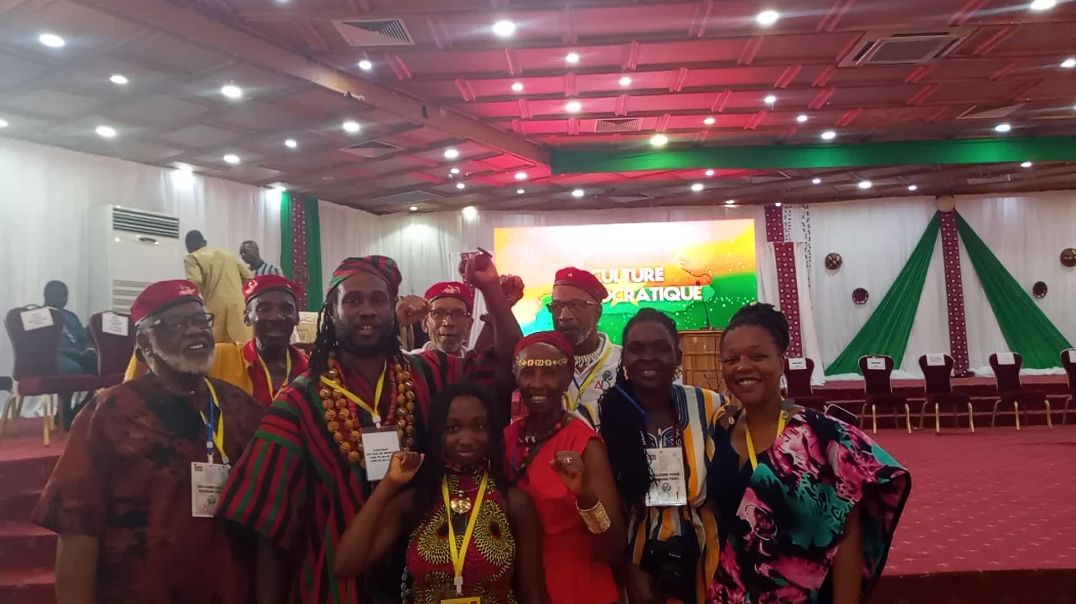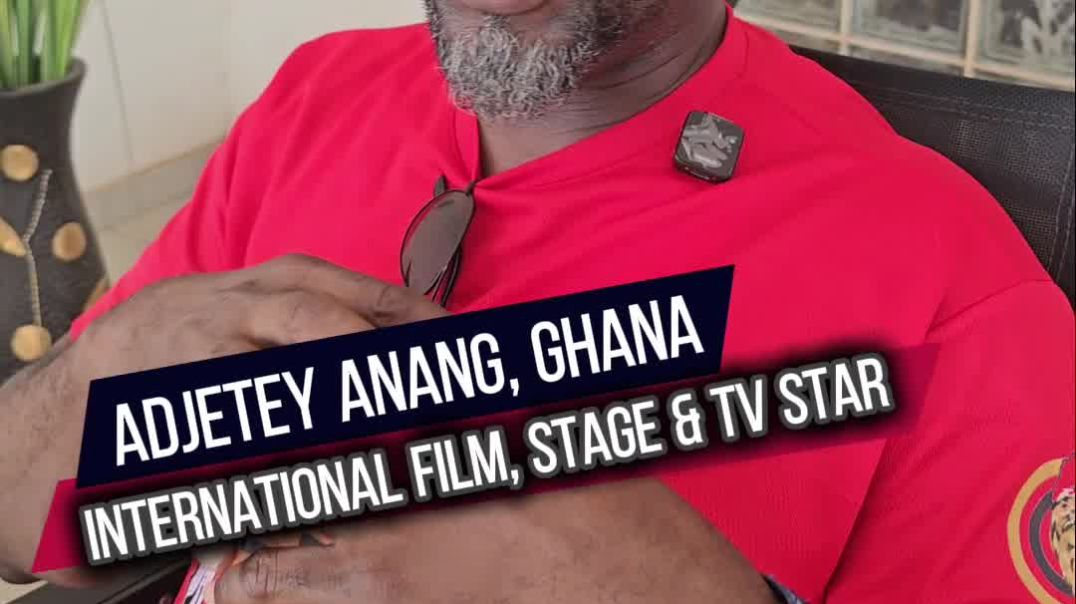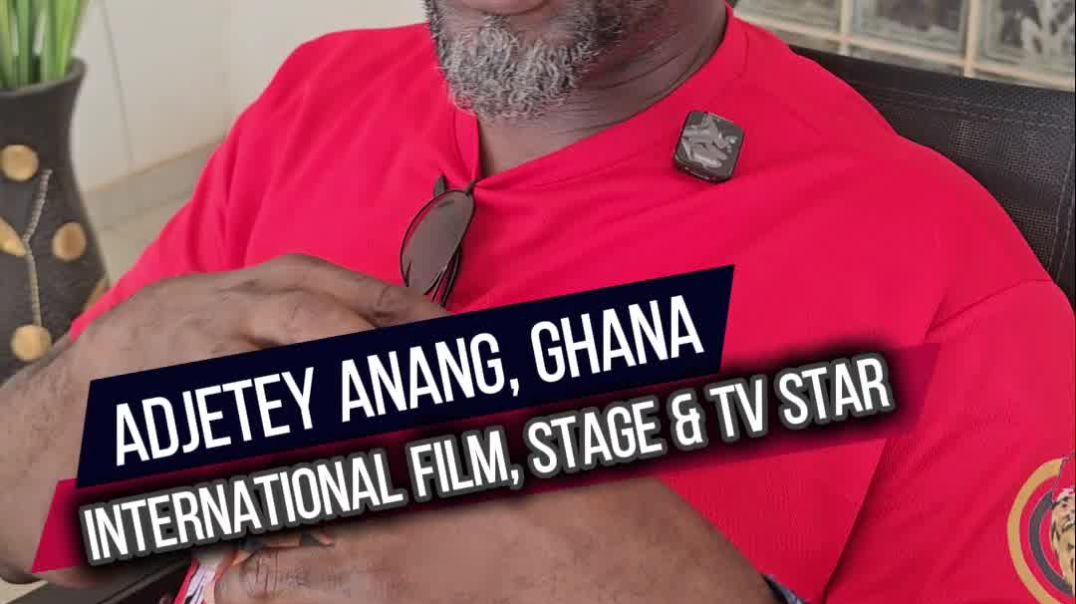Top videos
Zuri is just 10 months old, but she already has BIG personality! 🤣
In this hilarious Jamaican comedy skit, Zuri visits Grandma Patsy in the countryside — with her trusty dog Rex nearby. From WiFi questions to oxtail cravings, you’ll be laughing from start to finish.
This series brings Jamaican culture, patois, and everyday family vibes to life with a comedy twist. Don’t miss Rex’s reactions, Patsy’s country charm, and little Zuri’s surprising lines.
👉 Subscribe for more Jamaican comedy, family fun & viral moments!
👉 Drop a comment: Who’s your favorite character — Zuri, Rex, or Grandma Patsy?
Shop Rex Merch: https://rexdicountrymungrel.com/rex-shop/
Connect with Rex
Instagram:https://www.instagram.com/rexdicountrymungrel
Facebook:https://www.facebook.com/RexDi....CountryMungrel/Insta
Contact/Collab: https://rexdicountrymungrel.com/contact-rex/
#jamaicancomedy #zuriandrex #caribbeanhumor #patoiscomedy #familycomedy #viralshorts #zuriseries #jamaicanculture #funnybaby #grandmaandbaby #funny #comedy #comedyvideos
Read by sistar RMatron https://www.youtube.com/@RMatron
The Falsification of Afrikan Consciousness - Eurocentric History, Psychiatry and the Politics of White Supremacy
Imagine you’re building a new nation: your people have just thrown off colonial chains. But behind the scenes, a foreign agency is picking your leaders, funding rival factions, flooding your society with misinformation, investing in businessmen who owe their loyalty to another capital half a globe away. This is not fiction. This is White Malice: The CIA and the Covert Recolonization of Africa by Susan Williams.When we talk about Africa’s decolonization, we usually imagine flags being raised, anthems echoing across the sky, and leaders proclaiming independence. But behind these images of triumph, another story was unfolding — silent, methodical, and invisible. A story of spies and sabotage.Of manipulation and betrayal. A story where the dream of freedom was quietly undermined by a foreign power: the United States of America.In her groundbreaking book White Malice, British historian Susan Williams exposes the secret operations of the CIA in Africa — operations that aimed not just to influence, but to control the newly independent nations of the continent.
Itaoua EV Factory under construction in Burkina Faso
La patrie ou la mort; nous vaincrons Featuring Baba Mukasa Dada
Get your tickets now at https://filmfestival.abibifahodie.org
https://www.abibitumi.com
or search Abibitumi Abibifahodie Film Festival at Eventbrite and Ayatickets!
A poem by Mazisi Kunene
Adjetey Anang Excited about the AbibitumiAbibifahodiefilmfestival
Keynote address at the Launch of the Kwame Ture Memorial Lecture Series June 9th, Trinidad and Tobago, sponsored by the Emancipation Support Committee.
Dr Jemima Pierre delivered these remarks at the University of the West Indies on the issue of imperialism in Haiti and the Caribbean at large and how the system is maintained by international bodies like CARICOM. She also presents a way forward for the region.
Source: Emancipation Support Committee YouTube Channel @TTESC
Abibitumi Conference Tickets at https://www.abibitumi.com
Abibifahodie Festival is FREE! Free shuttle info and schedule at https://www.abibitumi.com










